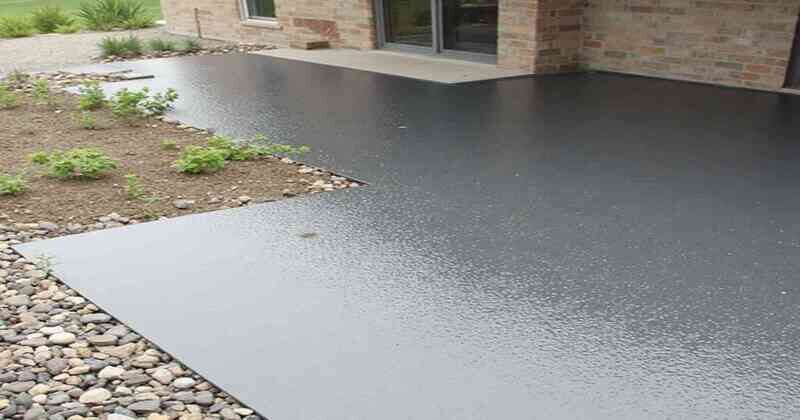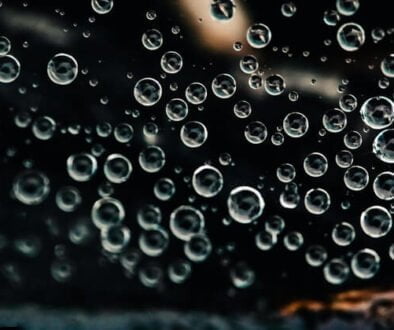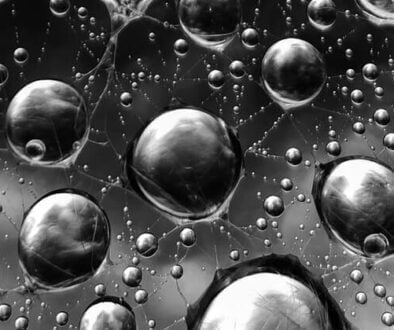Siliconate Concrete Sealers: The Hero of Concrete Protection

Last updated on July 19th, 2025
Concrete is tough, but it’s not invincible. Over time, water, salt, and grime can wear it down, causing cracks and stains. Enter siliconate concrete sealers. They’re rising in popularity with both professionals and DIYers because they make concrete stronger without changing how it looks or feels.
Siliconate sealers use a unique chemical process to defend concrete from the inside out. They keep moisture out, let the surface breathe, and hold up in harsh weather. These features, along with their eco-friendly nature and easy application, set siliconate sealers apart in a crowded market. Here’s what sets them apart and why so many people reach for siliconate sealers first.
How Siliconate Concrete Sealers Work and Their Benefits
Siliconate sealers work at a deeper level than many other types of concrete sealers. Their action is both fast and subtle, leaving surfaces dry and natural looking but much more resilient over time.
The Science Behind Siliconate Concrete Sealers
Siliconate sealers are made from water-based compounds that penetrate deep into porous concrete. Once inside, they react with minerals like calcium hydroxide to form a water-repellent gel within the pores. This invisible barrier blocks moisture and salt without creating a slippery film.
Unlike acrylics or epoxy coatings, siliconate sealers chemically bond with the concrete itself. This reaction means protection lasts longer and goes beyond the surface. The treated concrete can still “breathe” and let water vapor escape, which helps prevent moisture-related damage inside the slab.
Key Advantages of Using Siliconate Sealers
Water Repellency: Siliconate sealers keep rain, spills, and snowmelt from soaking into concrete. This prevents damage like freeze-thaw cracking, staining from oil or salt, and mildew growth.
Breathability: They allow water vapor from below the surface to escape, keeping concrete dry and preventing trapped moisture problems.
Eco-Friendliness: Most siliconate sealers are low in volatile organic compounds (VOCs) and easy to clean up with water, making them safer for the environment.
Ease of Application: DIYers appreciate that these sealers are simple to apply with a pump sprayer or roller. They dry quickly and don’t leave the surface glossy or slippery.
Cost Effectiveness: Because they protect from within and last longer, siliconate sealers often need fewer reapplications than surface coatings.
Comparing Siliconate Concrete Sealers to Silicate and Silane/Siloxane Sealers
Not all concrete sealers work the same way. Here’s how siliconates measure up:
- Siliconate vs. Silicate: Silicates strengthen concrete by creating more crystalline bonds inside. They harden the surface but don’t add much water repellency.
- Siliconate vs. Silane/Siloxane: Silane/Siloxane sealers protect mainly against water and salt but may need ideal weather for application. Siliconates are more forgiving during installation and often cost less.
- Best Use: Choose siliconates for patios, driveways, and walkways where you want long-term, invisible protection. Silicates are better for warehouse floors. Silane/siloxane shines in extreme climates or on vertical surfaces like retaining walls.
Best Practices for Choosing and Applying Siliconate Concrete Sealers
Getting the right results depends on both the product you select and how you apply it. With a few smart choices, you’ll lock in protection for years.
Selecting the Right Siliconate Sealer for Your Project
Consider these factors when picking a product:
- Surface Type: Not all sealers work for every surface. Choose one rated for the kind of concrete you have [plain, stamped, colored, etc.].
- Environmental Exposure: Look for products built for freeze-thaw cycles, heavy rainfall, or salt if these are issues in your area.
- Desired Finish: Most siliconates keep the surface natural. Some may deepen color a bit, so test in a small spot first.
- Product Formulation: Check the label for concentration and active content. Higher content usually means a stronger and longer-lasting result.
Pro Tip: Buy a little extra for touch-ups later, especially if your concrete is old or very porous.
Step-by-Step Application Process of Siliconate Concrete Sealers
Applying a siliconate sealer is straightforward. Here’s how to do it right:
Clean the Surface Remove dirt, oil, and old coatings. Let the concrete dry completely.
Test in a Small Area Make sure you like the result before treating the whole surface.
Apply Evenly Use a pump sprayer or roller for even coverage. Avoid puddles.
Keep the Surface Wet Some products work best when the surface is kept lightly wet for 10 to 15 minutes so the sealer penetrates well.
Remove Excess Wipe or roll away any sealer that doesn’t soak in after 20 minutes to prevent spots.
Let It Dry Most surfaces can be walked on within an hour, but avoid heavy use or getting it wet for 24 hours.
Important: Read the manufacturer’s directions for specific drying and reapplication times.
Long-Term Maintenance and Troubleshooting Common Issues
Siliconate-sealed concrete needs little maintenance:
- Routine Cleaning: Sweep debris and wash with water as needed.
- Check Annually: Splash some water on the surface. If it soaks in, it may be time for a fresh coat.
- Spot Repairs: For small worn spots, clean and reapply sealer as needed.
Common issues and solutions:
- White Streaks: These often mean moisture was trapped or sealer pooled. Clean with diluted vinegar and rinse.
- Sticky Spots: Excess sealer can feel gummy. Wipe up residue with clean rags and re-wet if necessary.
- Uneven Look: Always apply in small, manageable sections and start with less product, adding more if needed.
Conclusion
Siliconate concrete sealers provide lasting, invisible protection for almost any concrete surface. They keep out water, salt, and stains while letting your concrete breathe. With simple application and eco-friendly formulas, they fit both high-traffic commercial jobs and Saturday afternoon DIY projects. If you want concrete that holds up against the elements without losing its natural look, give siliconate sealers a closer look. Protecting your investment could be as easy as spray, wait, and walk away.




